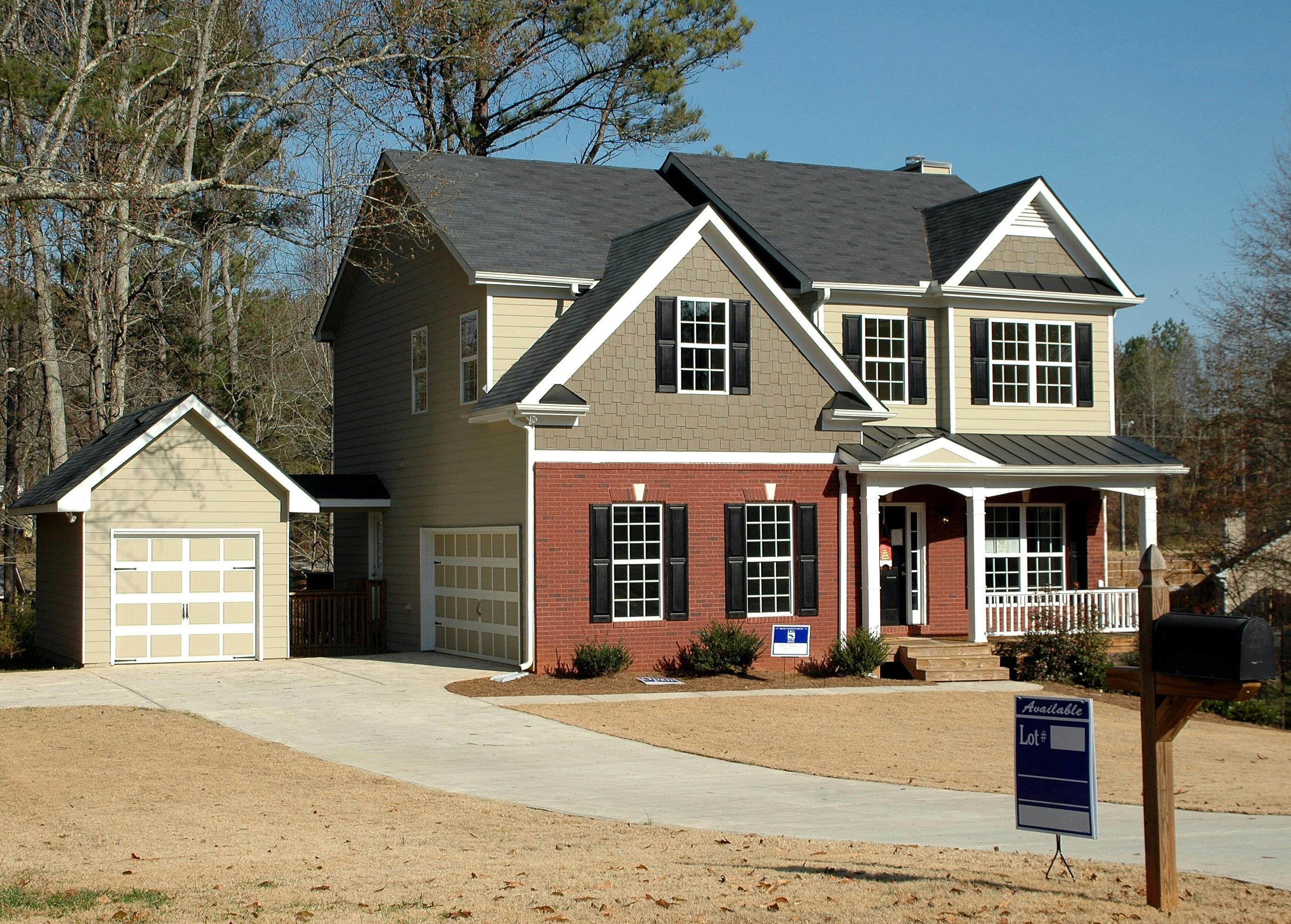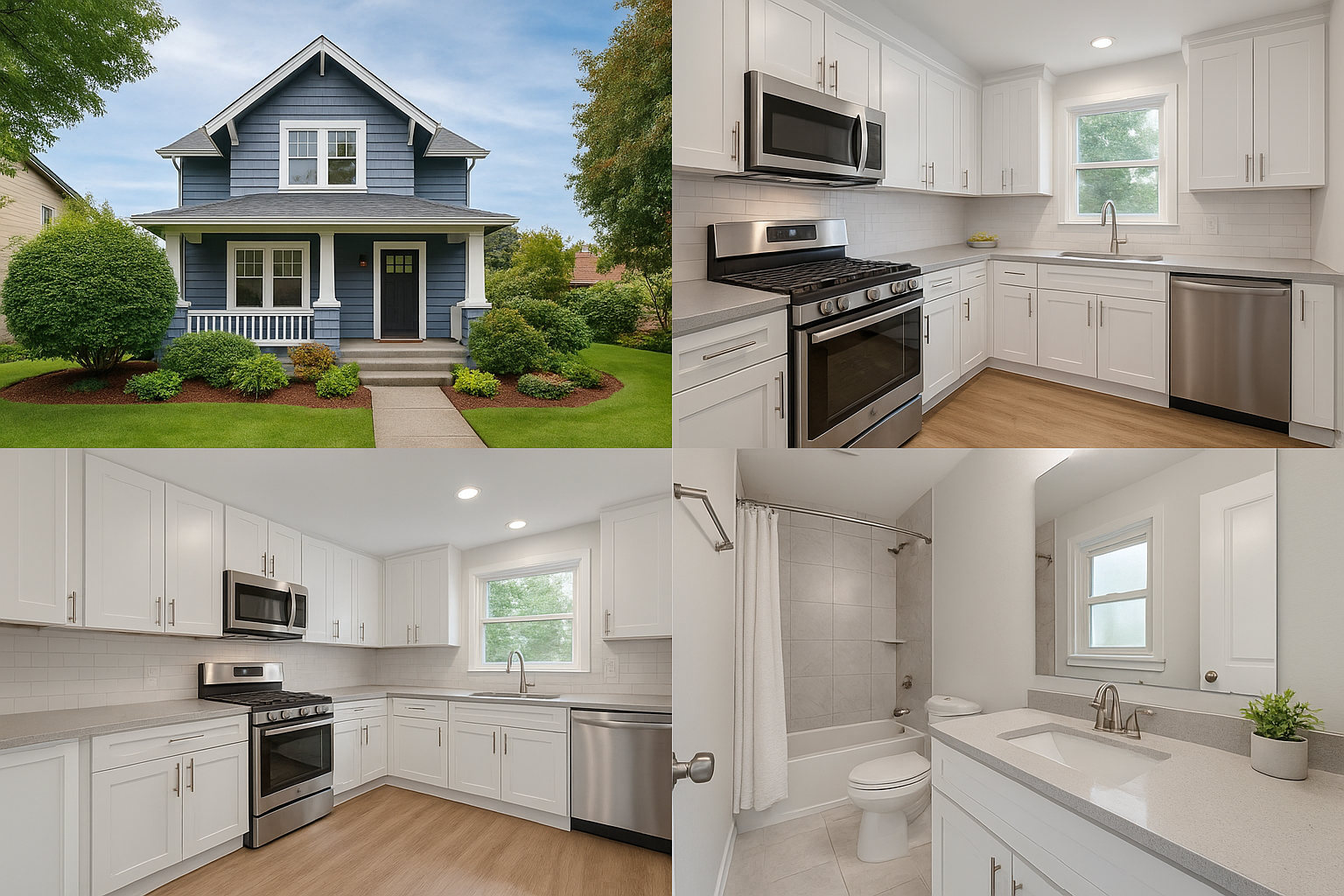Navigating the Labyrinth of Low Income Housing Solutions: A Revealing Look Into the Top 3 Options
The issue of low-income housing has been a long-standing challenge for many societies, particularly in urban areas. The need for affordable homes is ever-growing, with an increasing number of individuals and families unable to afford decent housing. This problem is further exacerbated by the rising cost of living and stagnant wages. The labyrinth of low-income housing solutions is complex, with various options available, each with its own set of advantages and challenges. This article aims to shed light on the top three solutions - Public Housing, Housing Choice Vouchers, and Affordable Housing Programs. We will delve into each of these options, exploring their intricacies and how they can be navigated to provide viable housing solutions for those in need.
Public Housing - A Beacon of Hope
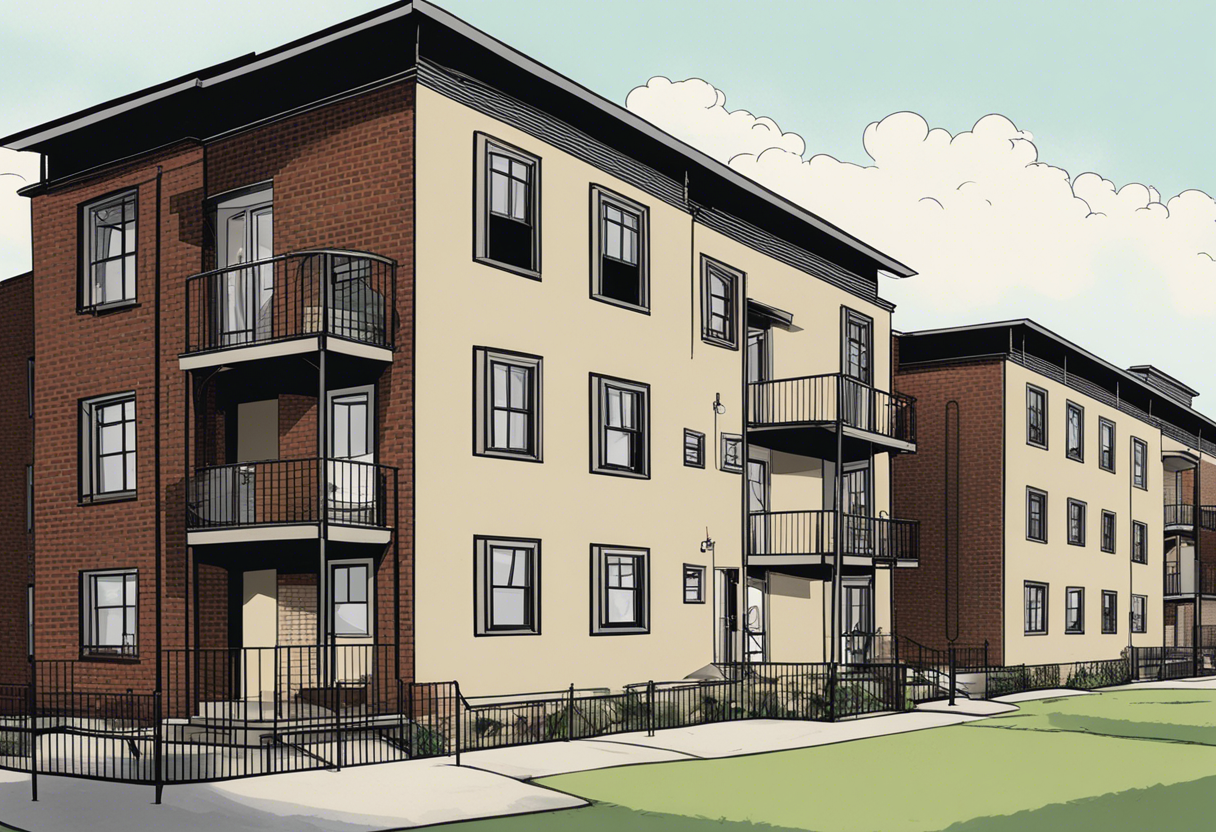
Public housing was initially established as a federal program in the United States during the Great Depression. Today, it serves as a beacon of hope for millions of low-income families, elderly citizens, and persons with disabilities. Public housing comes in all sizes and types, from single-family houses to high-rise apartments. The Department of Housing and Urban Development (HUD) administers federal aid to local housing agencies (HAs) that manage housing for residents at rents they can afford.
However, the demand for public housing often outweighs the supply, leading to long waiting lists. Furthermore, the eligibility criteria can be stringent, with income limits, citizenship requirements, and often, a review of one's rental history. Despite these challenges, public housing remains a critical component of the low-income housing landscape, providing shelter for those who need it most.
Housing Choice Vouchers - Empowering Choice
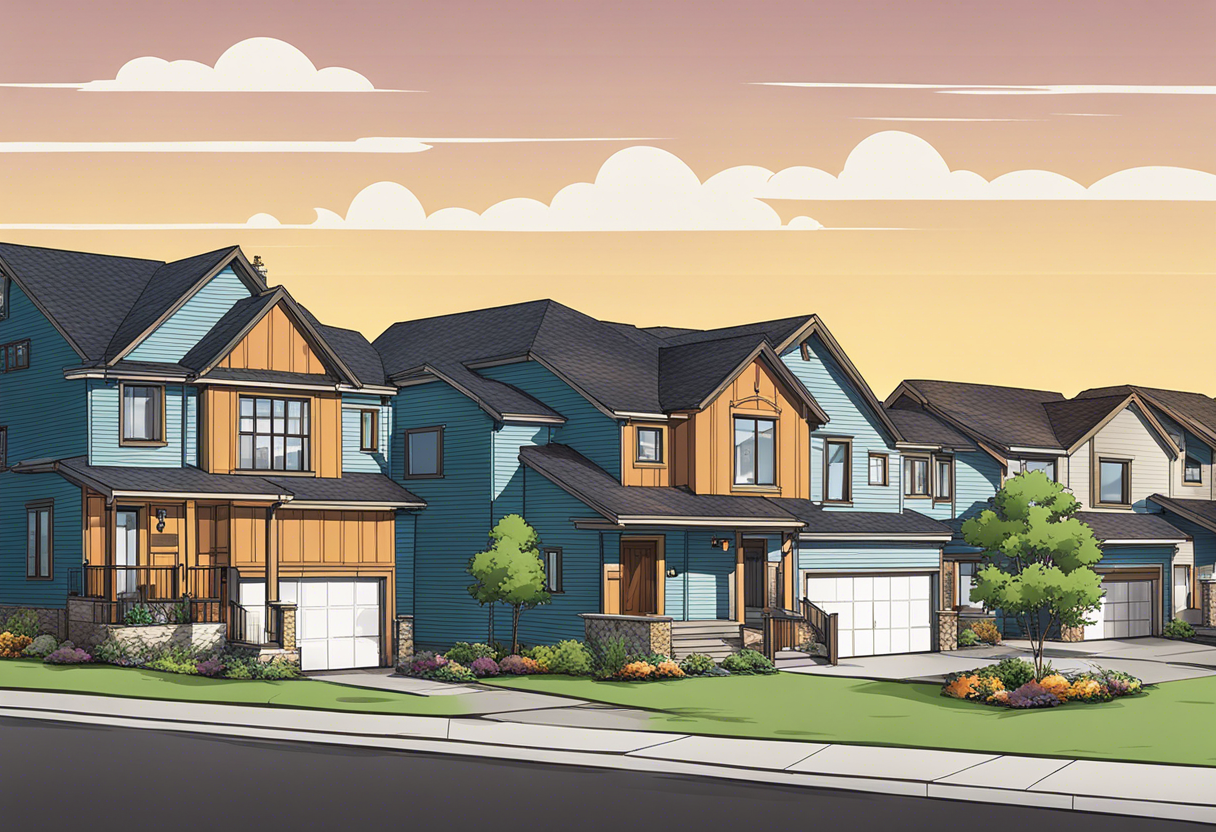
The Housing Choice Voucher Program, also known as Section 8, is another federal program that assists very low-income families, the elderly, and the disabled to afford decent, safe, and sanitary housing in the private market. The program provides freedom of choice by allowing participants to find their own housing, including single-family homes, townhouses, and apartments.
The tenant pays a portion of the rent, typically 30% of their adjusted income, and the rest is paid to the landlord through a housing subsidy, administered by a Public Housing Agency (PHA). While this program offers more flexibility, it also has its drawbacks. Finding landlords who accept these vouchers can be challenging, and the program is also plagued by long waiting lists due to high demand.
Affordable Housing Programs - A Multifaceted Approach
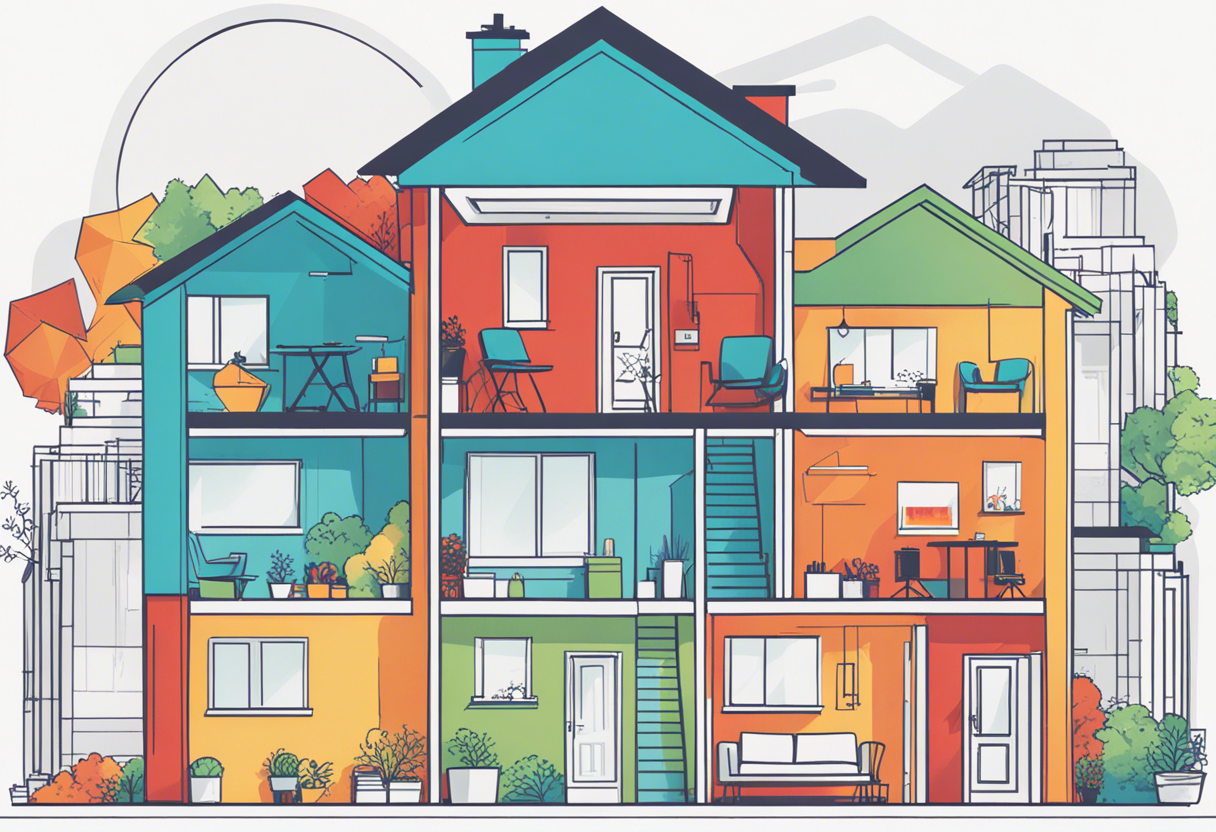
Affordable Housing Programs take a multifaceted approach to addressing the low-income housing problem. These programs, often run by non-profit organizations or government entities, aim to increase the supply of affordable homes through construction, renovation, and advocacy. They also provide support services like financial literacy training and homeownership counseling.
One significant advantage of these programs is that they often target specific communities or demographics, such as veterans or single mothers, ensuring that help is provided where it's most needed. However, funding for these programs is often limited and relies heavily on grants and donations. This can result in a lack of consistency and long-term security for the beneficiaries.
** Navigating the Labyrinth
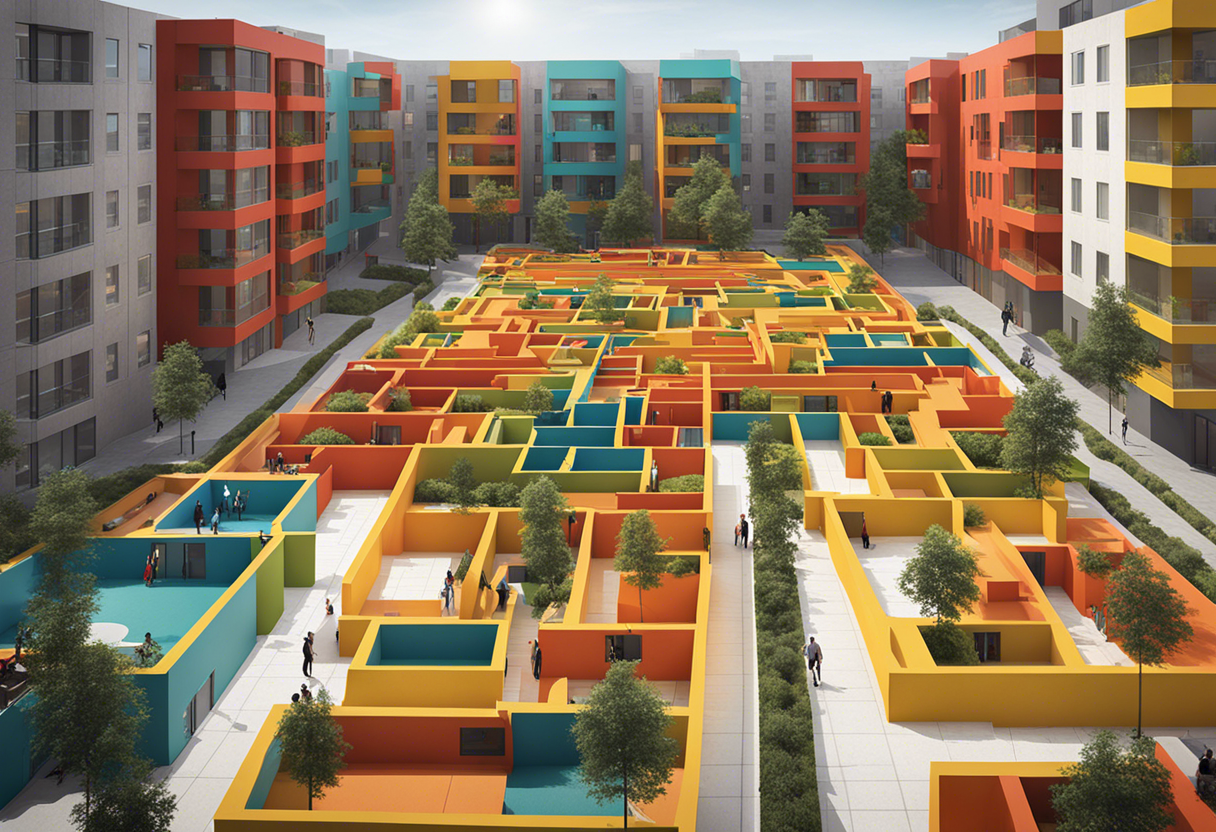
The labyrinth of low-income housing solutions is indeed complex, with each option presenting its own set of challenges and benefits. Public Housing provides a stable solution but is often oversubscribed. The Housing Choice Voucher Program offers more flexibility but can be difficult to navigate. Affordable Housing Programs take a targeted approach but are often limited by funding.
Despite these challenges, these programs collectively provide a lifeline for millions of individuals and families. Navigating this labyrinth requires patience, perseverance, and a deep understanding of each option. As we continue to grapple with the issue of affordable housing, it's crucial to continue exploring and improving these solutions, ensuring that every person has access to a safe, decent, and affordable home.



